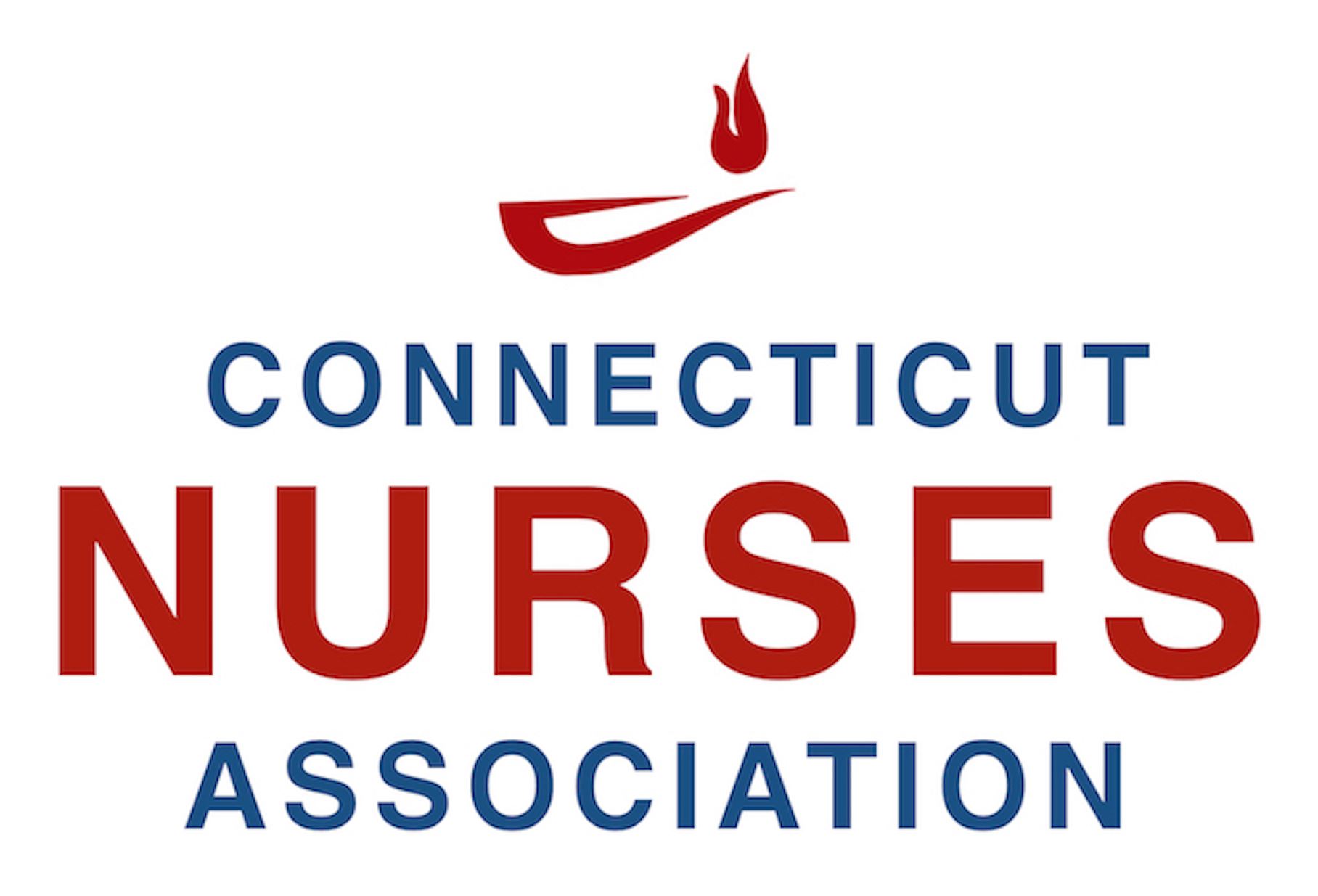 |
- Home
- Issues_Safe-Staffing
Safe Staffing |
PA 23-204 includes Updated Hospital Staffing Committee Requirements Read the full public act click the link below and go to sec. 54. Please note underlined areas are "new" and items in {} are deleted. |
2023 Safe Staffing Law Journey |
SB 1067: Vehicle for safe staffing initially proposed changes to current staffing committee to be implemented in five years, and included adding a nurse to patient ratio to the staffing PLAN - with no over site, accountability, or penalties for not following the ratios in the plan. SB 1067 Written Testimony CT Nurses Association |
CNA testimony provided the path forward for a non partisian, solutions oriented, immediate change approach and work with AFT CT, CHA, Public Health Committee, Nurse Specialty Organizations, and the Governor's office to refine the bill and develop consensus.
The bill was killed in judiciary committee The full proposed changes to the bill was finally added in the last days of the session to the Governor's budget and passed. See above for bill number and text. |
We thank nurses, nurse specialty organizations, and our AFT partners who were instrumental in bringing the voice of nurses to Hartford, and we thank the legislative leadership and state agencies for fully exploring and supporting solutions. Nurses need to be at the every table where health decisions are being made! History of Nurse Staffing in Connecticut CT Gen Stat § 19a-89e.2008 Development of prospective nurse staffing plan by hospitals - established safe staffing committee 2015 Updated to include annual reporting to DPH of staffing plan. |
Highlights of the 2023 Hospital Staffing CommitteeRequirements and Responsibilities(download one pager) |
DEDICATED STAFFING COMMITTEE
| STAFFING PLAN
| TRANSPARENCY
|
ACCOUNTABILITY
| RETALIATION PROTECTION
|
ANA Staff Staffing Principles Explore the five principles for nurse staffing, free ebook, Nurse Staffing info graphic and a free webinar. | Proposed legislation in :
|
Staffing, the right nurse skill mix, patient assignments, and more! Check out guidance to inform nurse staffing levels. How is your workplace setting doing this work? | Connecticut webinar on Implementation of Staffing Laws in CT |
